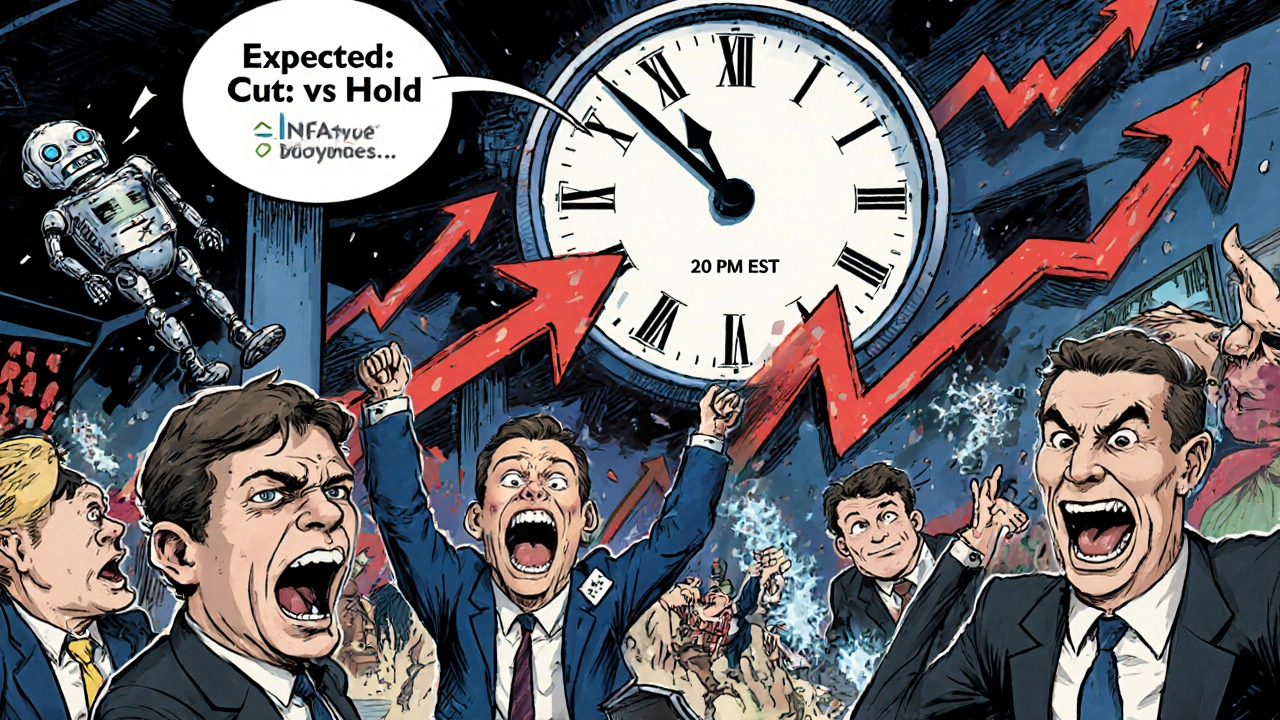Market Volatility: How to Stay Calm and Invest Smart When Markets Swing
When prices jump up or crash down without warning, that’s market volatility, the measure of how much and how quickly asset prices change over time. It’s not a glitch in the system—it’s how markets behave when uncertainty hits, news breaks, or investor sentiment shifts. Also known as price fluctuation, it’s something every investor faces, whether you’re buying your first ETF or managing a six-figure portfolio. The fear isn’t the drop—it’s what you do after it. Most people panic and sell low. The smart ones use volatility as a signal, not a sirens.
Volatility doesn’t happen in a vacuum. It’s tied to risk management, the set of practices designed to protect your capital from unexpected losses. You can’t eliminate risk, but you can control how much of it you’re exposed to. Tools like stop-loss orders, automatic sell triggers that limit how much you lose on a single trade, help you remove emotion from decisions. Then there’s portfolio hedging, using options or inverse ETFs to offset potential losses in your main holdings. And let’s not forget dollar-cost averaging, the habit of investing the same amount regularly, no matter if the market is up or down. It doesn’t stop volatility—but it stops you from betting everything on a single day’s move.
Look at the posts here. You’ll find real strategies that work when things get messy. Someone used a collar strategy to protect their REIT ETF during a rate hike spike. Another investor doubled down on cash as dry powder, waiting for the dip. A teen’s custodial account kept growing because her robo-advisor automatically rebalanced during swings. These aren’t theories—they’re actions taken by people just like you, using tools you can access today.
Volatility doesn’t care if you’re new or experienced. It tests your discipline. But here’s the good news: the more you understand it, the less scary it becomes. You don’t need to predict the next crash. You just need a plan that holds up when things go sideways. Below, you’ll find clear, no-fluff guides on how to build that plan—step by step, without jargon, without hype, just what actually works.
Event Trading: How to Trade Fed Days, CPI Reports, and Earnings Weeks
Learn how to trade Fed Days, CPI reports, and earnings weeks with a proven strategy that targets predictable market volatility. Discover what separates profitable traders from those who lose money.
View More